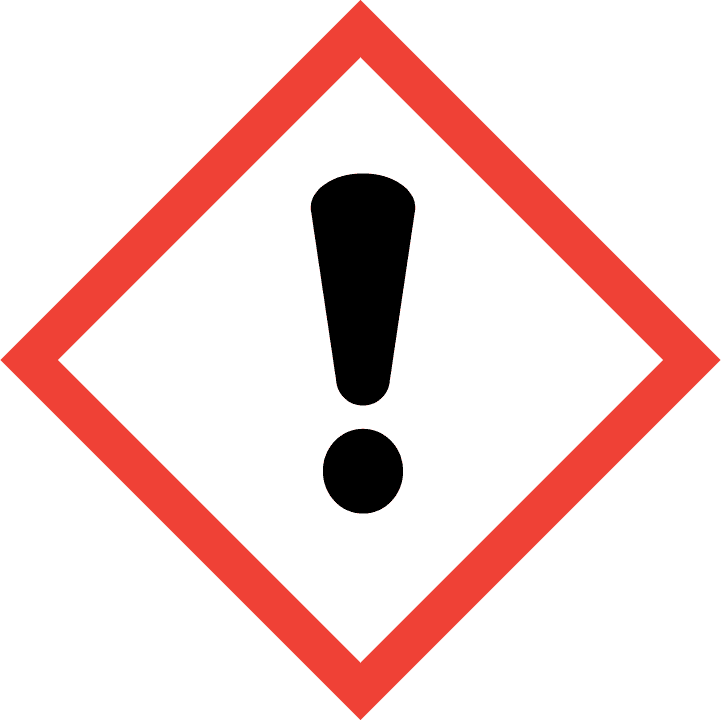-
Varnostni list
DPD CLPQR koda
-
Prikaži QR do varnostnega lista

-
Prikaži QR do dosjeja

-
Brez QR kode

Shrani kotNatisni-
Shrani v PDF Za Acrobat reader

-
Izvoz v RTF Za Word

-
Shrani kot spletno bližnjico za spletni brskalnik

-
NiceLabel export za NiceLabel

Naroči etiketeNaročite profesionalno tiskane etikete na roli

Sedaj lahko kar tu naročite profesionalno tiskane etikete na roli.
Vpišite količino etiket, ki jih potrebujete in izdelali vam bomo ponudbo.
Koliko etiket potrebujete?
-
- Etiketa
- NVD
- Datoteke






